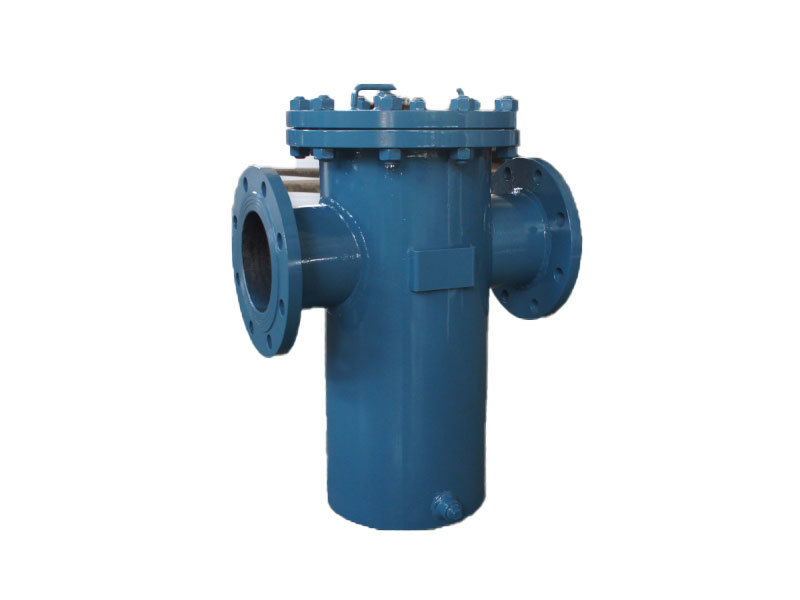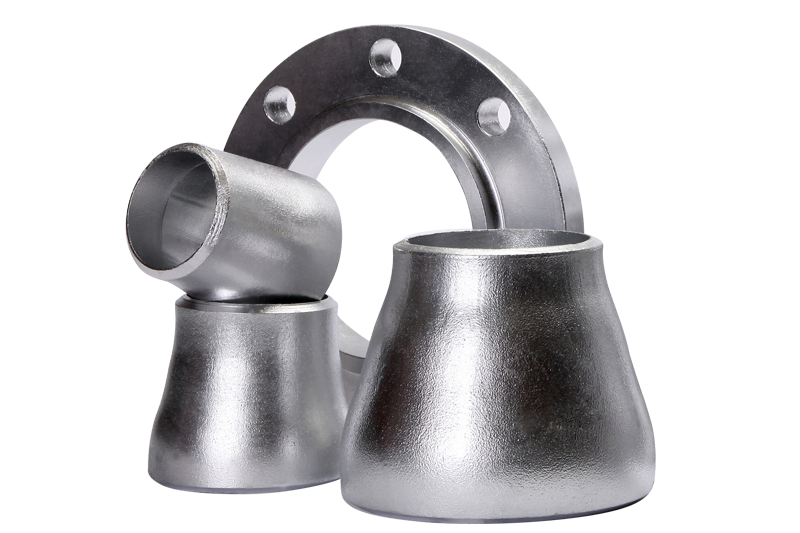Understanding Butt Welding Flanges: The Key to Reliable Pipeline Connections
Release time:
2025-10-06
Butt welding flanges are integral components in the industrial pipeline sector, designed to provide secure and leak-proof connections between pipes. These flanges are specifically engineered to be welded directly to the pipe ends, allowing for a smooth and continuous flow of fluids or gases. The butt welding method involves aligning the flanges against the edges of the pipes and using heat to fuse
Butt welding flanges are integral components in the industrial pipeline sector, designed to provide secure and leak-proof connections between pipes. These flanges are specifically engineered to be welded directly to the pipe ends, allowing for a smooth and continuous flow of fluids or gases. The butt welding method involves aligning the flanges against the edges of the pipes and using heat to fuse them together, creating a robust joint that withstands high pressures and temperatures.
One of the primary advantages of butt welding flanges is their strength and durability. When properly welded, these connections exhibit exceptional resistance to mechanical stresses and environmental factors, making them suitable for a wide array of applications in industries such as oil and gas, chemical processing, and water treatment. The seamless nature of the connection minimizes the risk of leaks, enhancing the safety and efficiency of piping systems.
Another significant benefit of butt welding flanges is their versatility. They come in various sizes, materials, and pressure ratings, allowing for customization to meet specific project requirements. Common materials include stainless steel, carbon steel, and alloy steels, which provide varying levels of corrosion resistance and strength depending on the operating environment. This adaptability makes butt welding flanges a preferred choice for both new installations and maintenance projects.
In terms of installation, butt welding flanges require skilled labor and proper equipment. The welding process must be executed with precision to ensure that the joint is free from defects, such as cracks or voids, which could compromise its integrity. Additionally, proper alignment during installation is crucial, as misalignment can lead to stress concentrations and premature failure of the joint.
Regular inspection and maintenance of butt welded connections are essential to ensure their longevity. Industry standards often recommend periodic checks for signs of wear, corrosion, or damage. By maintaining these connections, operators can prevent costly downtimes and ensure the continuous performance of their systems.
In conclusion, butt welding flanges play a vital role in creating reliable and efficient pipeline connections. Their strength, durability, and versatility make them an ideal choice for various industrial applications. Understanding the importance of these components can help professionals make informed decisions in their projects, ultimately leading to safer and more efficient operations in the field of industrial equipment and components.
One of the primary advantages of butt welding flanges is their strength and durability. When properly welded, these connections exhibit exceptional resistance to mechanical stresses and environmental factors, making them suitable for a wide array of applications in industries such as oil and gas, chemical processing, and water treatment. The seamless nature of the connection minimizes the risk of leaks, enhancing the safety and efficiency of piping systems.
Another significant benefit of butt welding flanges is their versatility. They come in various sizes, materials, and pressure ratings, allowing for customization to meet specific project requirements. Common materials include stainless steel, carbon steel, and alloy steels, which provide varying levels of corrosion resistance and strength depending on the operating environment. This adaptability makes butt welding flanges a preferred choice for both new installations and maintenance projects.
In terms of installation, butt welding flanges require skilled labor and proper equipment. The welding process must be executed with precision to ensure that the joint is free from defects, such as cracks or voids, which could compromise its integrity. Additionally, proper alignment during installation is crucial, as misalignment can lead to stress concentrations and premature failure of the joint.
Regular inspection and maintenance of butt welded connections are essential to ensure their longevity. Industry standards often recommend periodic checks for signs of wear, corrosion, or damage. By maintaining these connections, operators can prevent costly downtimes and ensure the continuous performance of their systems.
In conclusion, butt welding flanges play a vital role in creating reliable and efficient pipeline connections. Their strength, durability, and versatility make them an ideal choice for various industrial applications. Understanding the importance of these components can help professionals make informed decisions in their projects, ultimately leading to safer and more efficient operations in the field of industrial equipment and components.
Key words:
Related News







